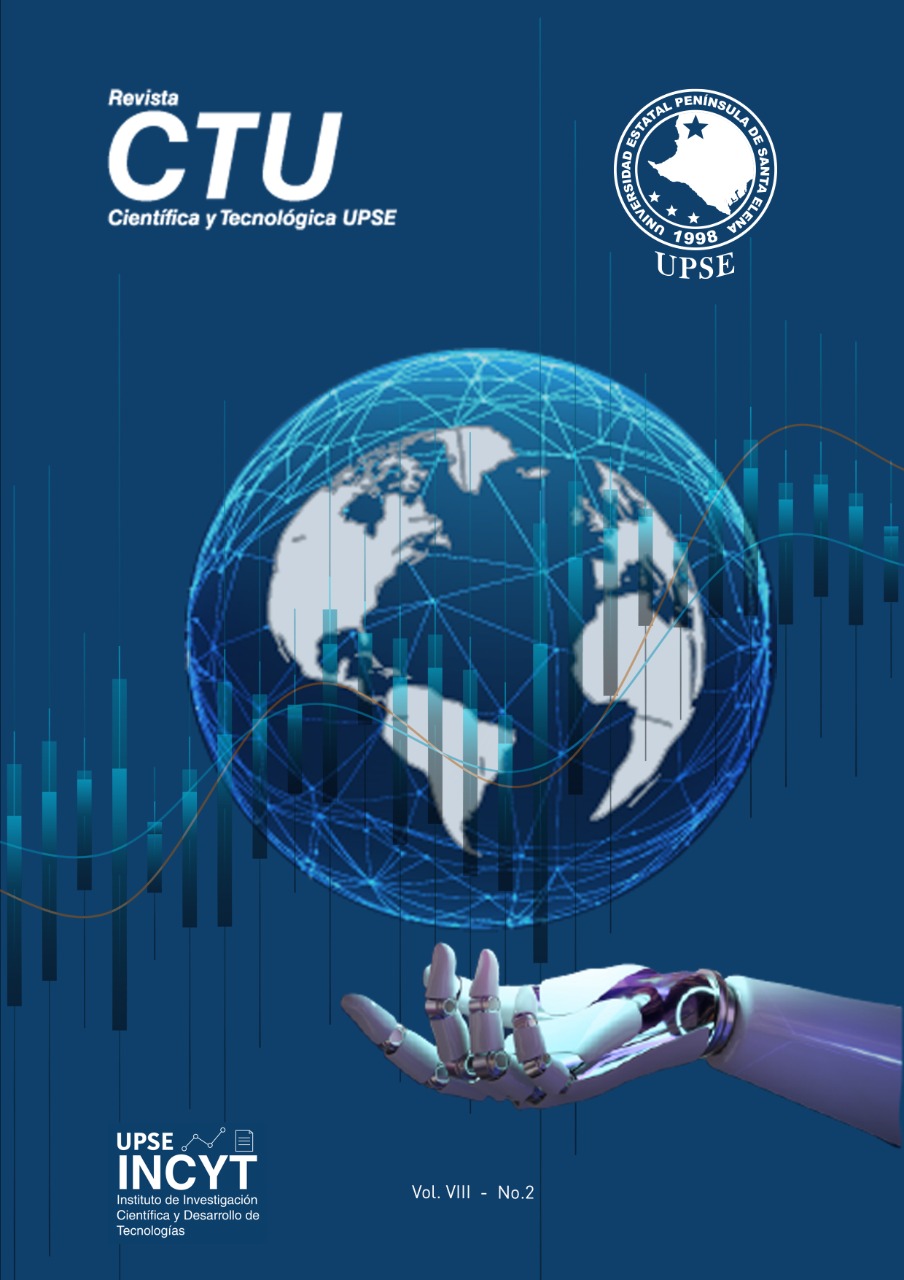Tratamiento de lesiones de rodilla mediante prototipo robot controlado por aplicaciones móviles
DOI:
https://doi.org/10.26423/rctu.v8i2.576Palabras clave:
Robótica, equipo de rehabilitación, rehabilitación pasiva, transmisión de datos, comunicación inalámbricaResumen
Los prototipos electrónicos desarrollados en los últimos tiempos se están utilizando en el campo de la medicina y la rehabilitación física, bajo esta premisa se desarrolló un tratamiento para lesiones de rodilla mediante un prototipo robot controlado por aplicaciones móviles, el diseño y construcción se realizó en tres etapas: diseño mecánico, electrónico y software. La estructura mecánica se realizó a través de un sistema de transmisión por medio de un tornillo de potencia, garantizando la transformación del movimiento giratorio generado por un motor a un movimiento lineal asegurando un desplazamiento de 120° en flexión a 0° en extensión necesaria para la rehabilitación. En la segunda etapa se alimentó desde una fuente de 12V, controlado mediante un Arduino MEGA 2560 el cual recibió los datos enviados por Bluetooth, desde un encoder rotatorio y dos finales de carrera. La tercera etapa constó de dos modos de operación, uno manual que permite variar la velocidad; y, el segundo que ejecuta rutinas preestablecidas controladas de forma inalámbrica a distancias de hasta 7.5m por medio de una aplicación móvil que dispone de una base de datos local que almacena los datos del paciente. Se comprobó que el prototipo en operación con y sin paciente presenta un ángulo error de 2°, que según expertos, no incide en los resultados de la rehabilitación de los pacientes, lo que lo hace un equipo fiable en procesos de terapia.
Descargas
Publicado
Número
Sección
Licencia
El titular de los derechos de autor de la obra, otorga derechos de uso a los lectores mediante la licencia Creative Commons Atribución-NoComercial-CompartirIgual 4.0 Internacional. Esto permite el acceso gratuito inmediato a la obra y permite a cualquier usuario leer, descargar, copiar, distribuir, imprimir, buscar o vincular a los textos completos de los artículos, rastrearlos para su indexación, pasarlos como datos al software o usarlos para cualquier otro propósito legal.
Cuando la obra es aprobada y aceptada para su publicación, los autores conservan los derechos de autor sin restricciones, cediendo únicamente los derechos de reproducción, distribución para su explotación en formato de papel, así como en cualquier otro soporte magnético, óptico y digital.












